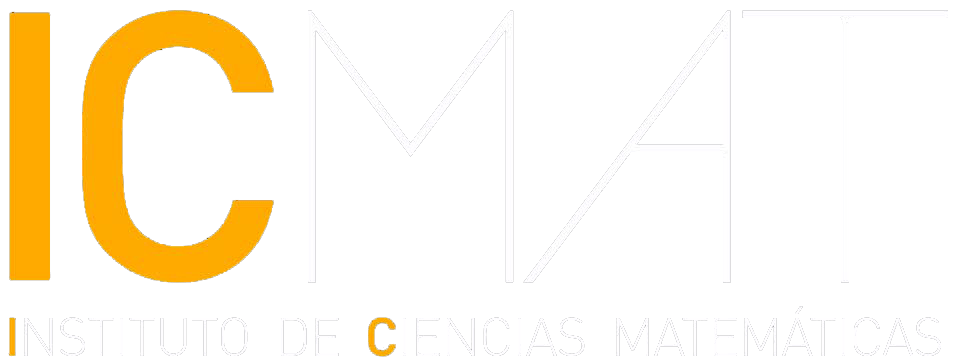Authors: Fernando Chamizo (ICMAT-UAM), Eva A. Gallardo-Gutiérrez (ICMAT-UCM), Miguel Monsalve-López and Adrián Ubis
Source: Advances in Mathematics
Date of publication: 2 December 2020
Review:
The Invariant Subspace Problem is one of the most celebrated open questions in Operator Theory: Does every bounded linear operator on a complex, infinite dimensional separable Hilbert space have a nontrivial closed invariant subspace? Around 1950, Errett Bishop proposed as possible operators lacking closed invariant subspaces the operators acting on the Lebesgue space L2[0,1) defined by Tα f (t) = t f({t+α}) where α is an irrational and {x} denotes the fractional part of x. Clearly, if α is rational, then the orbit of any function is finite and hence Tα has nontrivial closed invariant subspaces.
On the other hand, if α is an irrational, a complicate mixing arises which suggests, somehow, the absence of nontrivial closed invariant subspaces. Nevertheless, Alexander M. Davie proved in 1974 that such subspaces do exist if α is not a Liouville number, a number with very good rational approximations. An important theorem due to Aharon Atzmon generalizes Davie’s argument and allows concluding the existence of non-trivial closed invariant subspaces if the iterates of T and its adjoint acting on some function have a moderate growth.
In the paper under review, some Diophantine approximation techniques involving continued fractions are employed to show that there are non-trivial closed invariant subspaces for the most of the Liouville numbers. This theorem improves considerably previous results. In fact, it is also proved that in a slightly bigger set, Atzmon’s theorem could not be applied, finding the threshold for the application of such a technique. Therefore, new significant advances should involve new approaches. The results extend to the Lp spaces for 1≤p<∞, which are obviously separable Banach spaces.
From the functional analytical point of view, it is shown that Bishop’s operators are quasitriangular, a property assuring that there exists a sequence of almost invariant finite dimensional subspaces. On the other hand, they do not satisfy Dunford property (C) what implies that a construction of non-trivial closed invariant subspaces using resolvents is unavailable. Loosely speaking, the situation is worse than the mere nonexistence of eigenfunctions.


